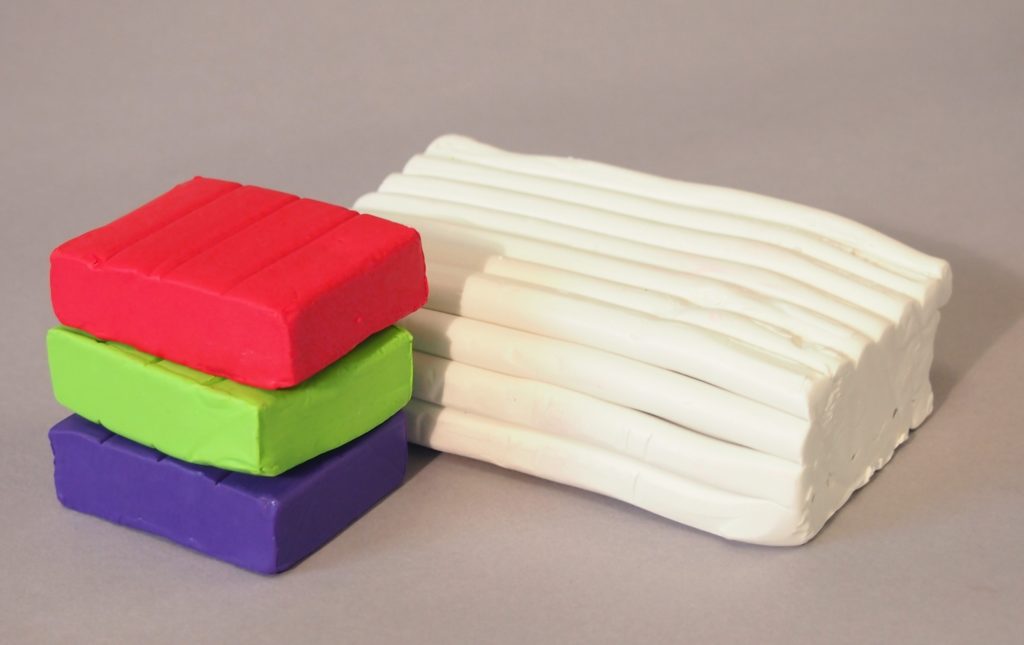Storing pottery clay is important for potters of all skill levels. That is because, if you don’t store it right, you subject the clay to dryness.
Dryness leads to the inability to use it, and it reduces its effectiveness, so it can cost you money.
So how do you store your pottery clay? Well, you’re in luck for here, we’ll discuss how to store your pottery clay to maintain the highest level of freshness possible for it as well.
Location, Location
The location of your clay matters, because if it’s too hot, or too dry, you’re going to have lots of issues.
To store your clay, you need a good location, especially one that includes the following:
- A lot of darkness
- A cool atmosphere
- One that is preferably not too dry
- One that doesn’t get too cold and cause the clay to freeze over
Some good locations for you to store clay include the following:
- A storage cabinet
- A cellar if you have one
- A basement
- A small container that is hidden from sunlight
You should try to keep it a little lower than room temperature if possible, and you should always try to prevent sunlight from hitting the clay.
Keep it Hydrated
Hydration for clay is very important. If you don’t keep it hydrated, the following will happen:
- It will dry out
- It will become hard to work with
- It can become powdery, so you can’t do much with it
The best way to keep your clay hydrated is to take a spray bottle and lightly spritz it. Don’t go too crazy with the spraying, because your clay doesn’t need it.
Hydration is key for clay, and it will help with keeping it stored for a lot longer.
Storing Large Amounts of Clay

So let’s say you got this amazing deal on a ton of clay, but you have no idea where to put it. Storing a large amount of clay can be a bit harder than just a few small pieces, but it is possible.
Before you begin, you’ll need a couple of items, including the following:
- A plastic container
- A garbage bag
- A Lid
To store large pieces of clay, you’ll want to do the following:
- First, line the plastic container or whatever receptacle that you’re using with a garbage bag
- Put the clay in there, making sure it’s on the garbage bag
- If you can, close the garbage bag over the clay to keep the moisture in
- Close the lid and just keep it there whenever you need to use it
- If you get to the bottom of this, you can just turn the garbage bag to shake off the last remnants of clay that might be in there
If possible, try to store it in the locations that were described in the previous section, since it will prevent the clay from drying out faster. But, usually, black garbage bags work the least well since they can heat up with time, and that in turn can heat the clay and potentially dry it out.
What about if it Gets too Hard?
This does happen still, even if you put it in a great location, and you did make sure to store it effectively. This is usually because of the following:
- You didn’t use the clay enough
- You opened the container too much
- You didn’t perform the maintenance listed in the previous section
To revive some clay that might’ve been too hard, you need to do the following:
- Take a towel and wet it
- Put it in the clay area
- Seal the towel within the clay
- After a few days, open this up again and look at what the clay is doing
- Another way you can do this is you brush or poke holes into the clay, and fill them up with water
- You can try both of these, but with the second method, you should wedge the clay to check this so that it can have evenly distributed water
There is another one that you can try too, but it does involve a wire cutter for clay, so if you don’t have that, it may not be ideal.
However, if you do have one, do the following:
- Cut the clay pieces into slices with a wire clay cutter
- Soak these in water in a plastic bag
- From there, wedge it out and try using it again.
These are the best ways to bring clay back to life if you do have it dry out.
What to Do if It’s Unworkable
Occasionally, you do get clay that is just plain unworkable, no matter what you do. You may wonder if it’s just unsalvageable, but that isn’t the case.
You can save clay deemed “unworkable” by most, you just need to do the following:
- First, chop the clay into smaller pieces
- Let this dry
- Reclaim it again by using the towel method that was described in the previous section
With clay, you can save it if it does tend to dry out beyond normal use. You just need to take a little bit of time, work with it, and try to bring it back to a workable state.
With clay, you should always store it correctly, no matter what type of clay you’re using. From standard polymer clay to even high-quality clay, the right storage can markedly improve the shelf life of the medium.

People don’t even realize just how important it can be to store the clay correctly, and it can make a difference between having a lot of clay, and not having enough clay to work with.
If you plan on doing big projects, or if you want to get a lot of clay for many future endeavors, always store your clay correctly.







